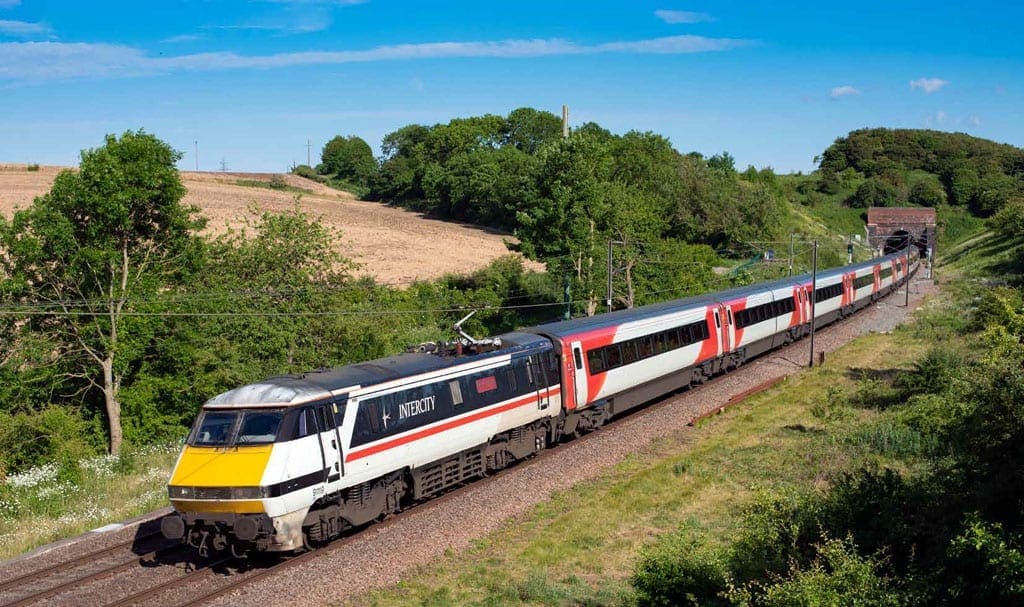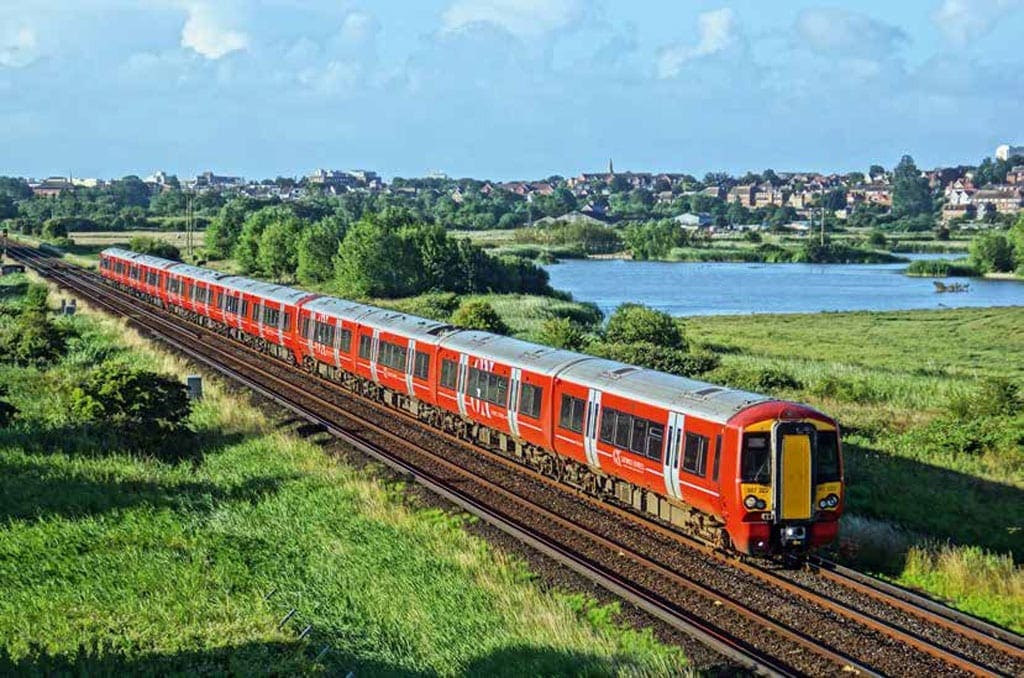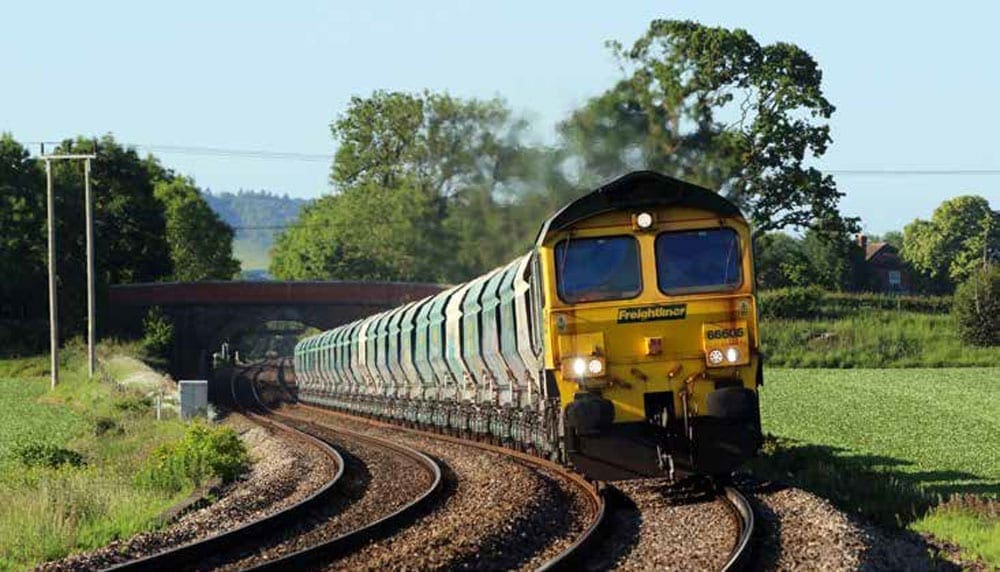
Editor Mark Nicholls ponders the serious issues surrounding coronavirus and the UK’s railways, in particular what can be done to bring passengers back.
To say these are extraordinary times would be an understatement. The coronavirus pandemic has impacted all our lives to varying extents and has led to the Government providing unprecedented financial support to the economy, businesses and individuals. This, of course, has included the nation’s rail network in the form of Emergency Measures Agreements.
However, changing travel advice from avoiding public transport unless absolutely necessary urgently needs doing before permanent damage is done to the UK’s railways.
From the history of steam through to 21st century rail transport news, we have titles that cater for all rail enthusiasts. Covering diesels, modelling, steam and modern railways, check out our range of magazines and fantastic subscription offers.
Essential action
The EMAs were absolutely vital as otherwise every franchise in the country would have shut down. Why? Until March 23 when lockdown began and the Government stepped in, each franchise had a financial agreement to pay a set amount to the Treasury in return for running the franchise; it could also make a small profit depending on its performance. This meant all of the financial risk fell upon the franchisee.
When lockdown took place and passenger numbers evaporated the primary fare box income vanished with them and so the financial agreements with the Treasury would have been impossible to meet.
Therefore, the Government took on the financial risk, provided the franchisees with an agreed amount to continue running services, thus allowing trains to run for, initially, key workers during the height of the pandemic. It was not full nationalisation in the true sense, but the result was similar.
Things have changed
The situation has changed somewhat today, with considerable sectors of the economy released from lockdown, meaning more people are travelling.
For obvious reasons the Government advised against all but essential travel by public transport as part of the drive to stop the spread of the virus, a policy that was successful by the way the public followed it. However, as I write this in late July, the numbers of COVID-19 infections and deaths have thankfully plummeted and allowed the easing of several lockdown measures.
For the Train Operating Companies this has permitted train services to be increased from July 6 on advice from the Department for Transport. Wherever possible longer train formations are being used to allow social distancing to be more easily observed while still maintaining a reasonable capacity. This is easier for some TOCs than others, depending on the amount of rolling stock they have available and also the seating layouts in use.
The move to increase trains has also seen some rolling stock that does not comply with the persons with reduced mobility regulations, which came into force on January 1, brought back into temporary use to provide extra capacity – the Northern Class 142/144s for example.
These measures must be considered as a temporary ‘fix’, because in the long term it is not a financially viable option, unless the DfT is happy to run trains around three quarters empty at considerable cost and force millions of passengers onto what would be very congested roads.

Change the advice
It is clear to anyone involved in running railways that the current ‘avoid public transport’ message needs to be changed. As the economy opens up and the virus continues to recede, the advice has to be updated to reflect the latest situation.
It is made to look rather farcical when you can now go for a haircut and visit the pub, gym or restaurant, albeit with safety measures in place, but are still told to avoid public transport. But now we are faced with the question of how to adapt to the ‘new normal’, including for the railways.
The main concern is whether passengers who have heeded the ‘stay away’ message can be encouraged to return to the railways any time soon. Especially now that bus operators have relaxed capacity restrictions in mid-July, with TfL also removing the ‘don’t travel’ announcement from its Ibus system.
The new advice of 1m+ social distancing can help the TOCs, as more passengers can be carried. Add to that the mandatory wearing of face coverings now in place, increased cleaning of carriages and use of virucides, and the reduced presence of the virus in the community in most areas.
All of this means that travelling by train is far safer than people realise. That is why it is vital that the advice now needs to be more along the lines of ‘travel with us safely’, something that LNER, ironically run by the DfT’s operator of last resort, has been promoting for a while.
A good start would be a public information drive to make people aware of the additional safety measures now in use, particularly the use of virucides, as the public needs to be confident that everything is being done to protect them.
One only has to look at the mixed reaction to the re-opening of shops, pubs and restaurants to see that many people are uneasy about returning to them. This is likely to remain an issue until, if, a vaccine becomes available. However, if the infection rate remains low then people will gradually feel more confident about venturing out again.
They must also be well informed about the safety of public transport, so the negative ‘avoid’ message needs to be replaced by a more encouraging and reassuring one. And it needs to be done quickly, otherwise there is the risk that previously regular travellers never return and instead take up new methods of getting to work.
The use of bicycles has increased substantially, especially for short and medium distance journeys as people look for a healthier alternative. Whether that will stand up during the winter remains to be seen; some will almost certainly turn to the car or, hopefully, return to public transport.
The hospitality sector is also awakening, with hotels gradually opening across the UK. With the government now offering half price meals in restaurants/pubs for six months (Mon-Wed) to encourage people to bolster the sector and save jobs, the stage is set to see more people out and about.
This could help the tourism sector considerably, but to help further there also needs to be encouragement to use long-distance rail travel too, especially with many people taking holidays at home in the UK this year.

Financial reality
The Government’s EMAs have cost it a huge amount, estimated to be £740m per month, as it absorbs the impact of passenger numbers dropping by 95% at the height of the crisis. As more people return to work so journey numbers are slowly increasing, currently around 20% of pre-COVID levels, particularly for commuter journeys and especially in the larger cities where many people have no alternatives.
However, many experts predict it will take until at least 2023 for the numbers to be anything close to pre-COVID levels. This is not only due to the continued avoidance of public transport by some, but also because many companies will be happy for employees to work from home permanently.
On September 20, the current EMAs will expire, so what happens next? That will depend on how many passengers are using the railways and what revenue is coming in. Nobody expects it to be anywhere near enough for Government support to simply stop. It is therefore likely that another round of the same, or modified, EMAs will be required. However, some sources seem to suggest that Government doesn’t know what it has to do right now.
The DfT and TOCs are believed to be talking about the issue, but they are nowhere near to agreeing a framework for the future. This is partly because the Treasury doesn’t want to be forced into another round of expensive EMAs and wants to be more involved in the process. However, there is insufficient time or resource to negotiate the 18 direct awards that would be necessary for all franchisees to stand on their own feet, which leaves another round of EMAs almost certain.
The TOCs believe that 12-18 months of additional Government assistance will be needed, and further measures could still be required before some form of final solution is reached.
The reality is, whatever is in the much-vaunted Williams Report could be the deciding factor, but only time will tell on that, provided it is actually published in some form. However, on June 24 Transport Secretary Grant Shapps told MPs: “The EMAs exit on September 20 as it currently stands. We are working very hard on that indeed, but one big piece to consider is Williams.”
He suggested that a version of the Transport for London concessions are likely to emerge as the preferred method to replace the EMAs, with an interim solution agreed until the full concessions can be drawn up and introduced. One drawback of this model is that the TOCs would no longer be able to make direct decisions about investments, but would have to concentrate on running trains on time.
This has got to be the best way forward in my opinion, but the negotiations between the Government and TOCs will not be easy and could be a protracted process. Time is of the essence, for all parties, though, and for the viability of the rail industry as a whole.
Then, of course, the Freight Operating Companies shouldn’t be forgotten because although they don’t adhere to any franchise rules they do share the same tracks and need a good voice in the process to ensure freight can continue to be moved efficiently.
Economic necessity
However you look at it the situation is a bit of a mess, but trying to apportion blame is rather pointless because we are dealing with a completely unprecedented set of circumstances that nobody foresaw ten months ago. But we are where we are and the right action must be taken to keep the trains running. Navigating a way out of this is going to be extremely difficult for all involved.
The rail industry will play a vital part in rebuilding the economy, not just in moving passengers and goods around, but in providing thousands of jobs. These are not only with the frontline TOCs and FOCs, but also in rail manufacturing, infrastructure and construction and the dozens of firms in the supply chain.
To this end it is reassuring that Prime Minister Boris Johnson has emphasised the value of large infrastructure projects, such as HS2, in order to retain existing infrastructure jobs. I hope further rail projects will be confirmed to maintain the momentum, particularly as support for electrification is once again growing and is finally being recognised as a vital part of decarbonising the UK economy by 2050.
Some of the smaller ‘infill’ projects could and should be brought forward as they would offer quick benefits by linking up existing electrified routes.
But clearly the most urgent requirement is to get passengers travelling in large numbers again. The Government cannot go on paying the bills indefinitely. Yes, some form of EMA will be required well into next year, but if passengers gradually return and fare revenue increases so the cost to the Treasury (in reality the tax payer) will come down.

Manage the risk
There are always going to be risks in almost anything we do at the moment until a COVID-19 vaccine or better ways of treating the infection are found. But we have come an awful long way in a very short space of time in reducing the rate of infection – and a lot has been learnt and we are all more aware of the precautions we can take to stay safe.
So get used to wearing face coverings on trains – that will be with us for a long time – use the hand sanitiser facilities at stations and aboard trains, and/or wash your hands regularly.
Nothing we do can really be 100% safe at the moment, despite many unions demanding it should be, so the reality must be accepted. The unions, of course, must represent their members’ interests, but at the same time recognise that there is only so much that can be done. However, we can greatly mitigate the risks by taking personal responsibility, following the medical advice and guidelines and using common sense.
It is pleasing to say that the TOCs have stepped up and played their part by keeping trains running during the crisis and also by introducing stringent cleaning practices aboard trains and at stations.
We now need the Government to begin encouraging people back to the railways. It needs to modify the message, as has already begun on buses, and reassure people that every possible measure is in place to make train travel as safe as possible. The UK needs a strong and efficient rail system that people are confident to use – and it needs it now.

